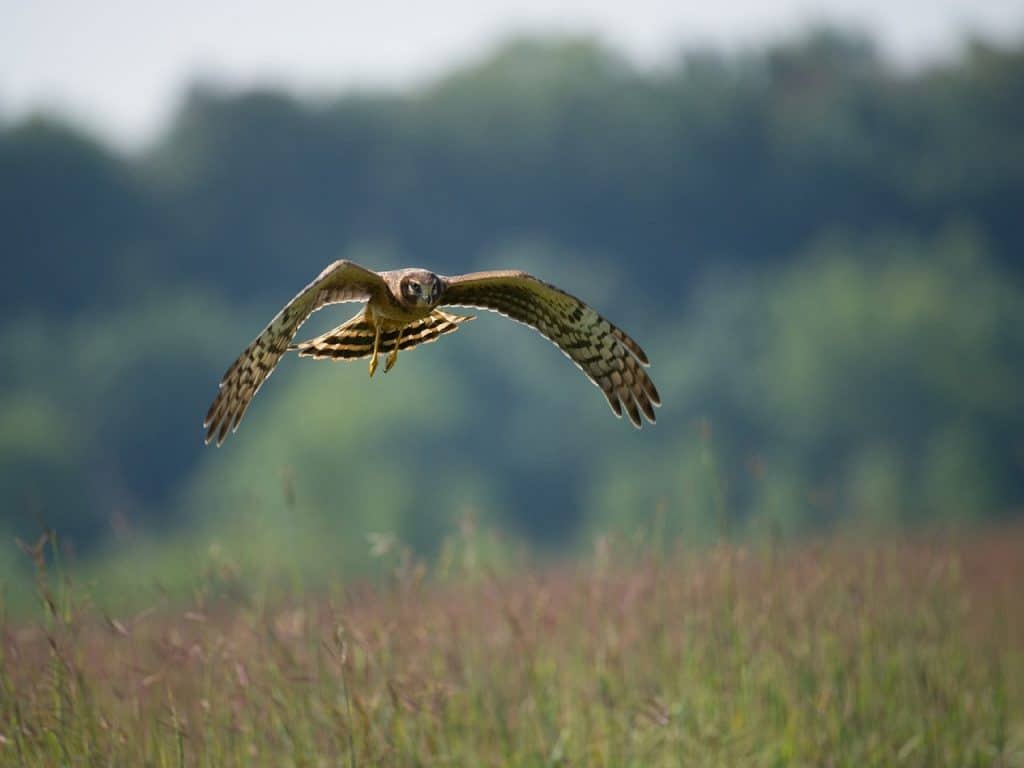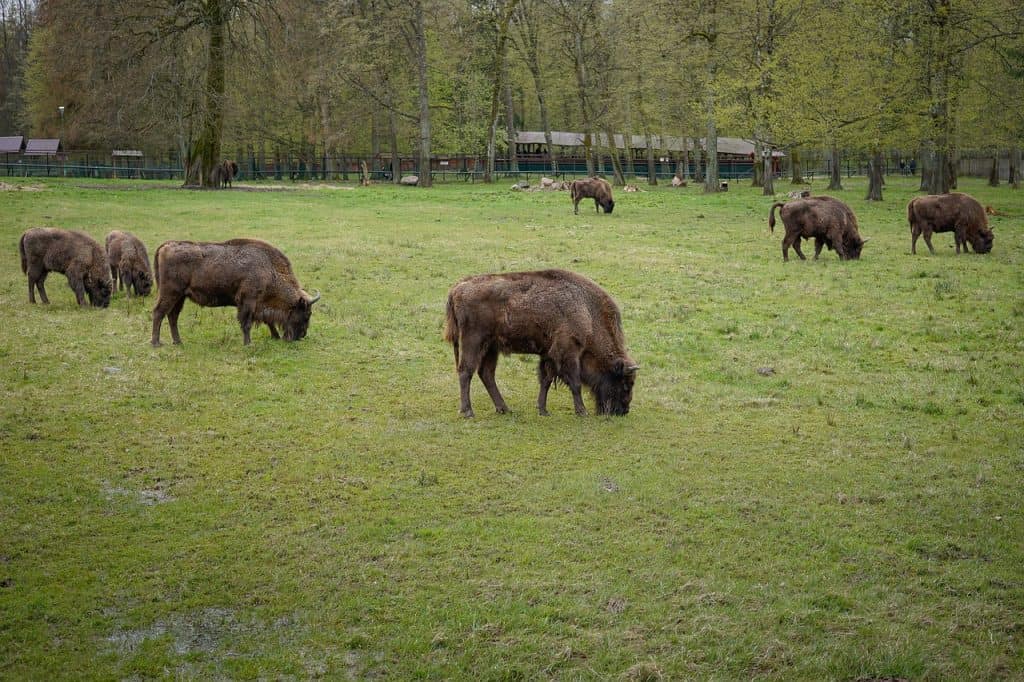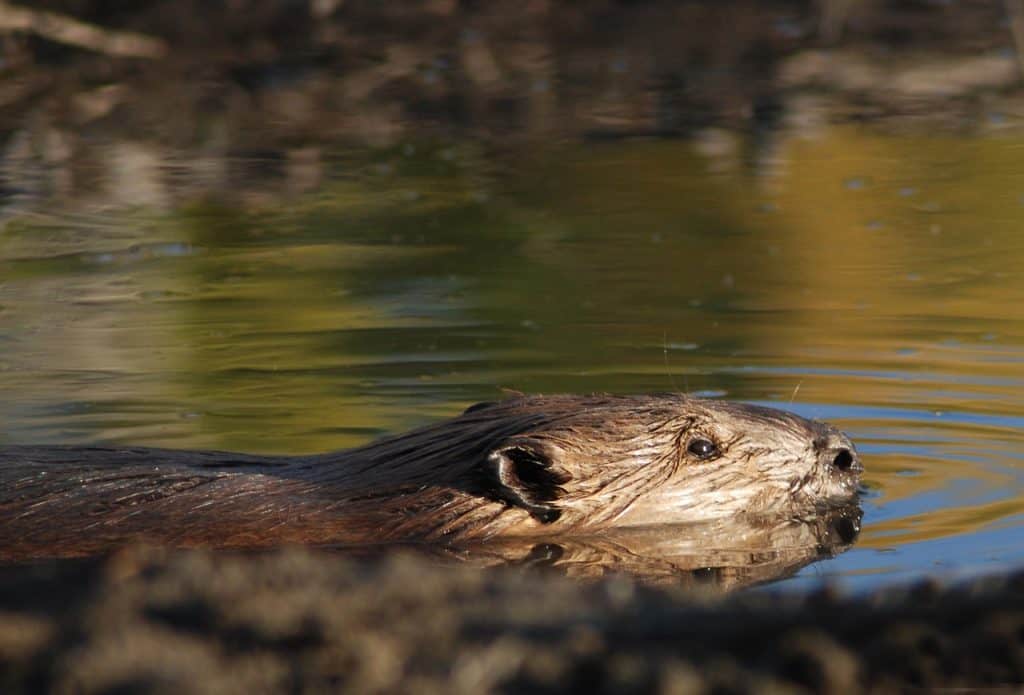The Upper Narew Valley, in particular on the section between Suraż and Rzędzianami has long been called ‘Polish Amazon’. And this is not surprising, because Narew in this section creates a wetland consisting of swamps, backwaters, numerous riverbeds and oxbow lakes. Thanks to this structure it is a paradise for many species of animals, both smaller and quite large. The Narew National Park created in this area performs functions not only related to nature protection, but also to the supervision of the service of tourist traffic growing from year to year.

The Narew National Park is one of the youngest parks in Poland, as it was created only in 1996. Perhaps its assumption would be superfluous at all, because the Narew River had such a unique structure for a much longer section stretching further down the river than it is now. Unfortunately, the government of the Polish People’s Republic in the Gierek era decided that such a disordered river should not exist in the area of the socialist state and began work aimed at ‘straightening’ the river. Fortunately, this nonsense project was not implemented in its entirety (a single trough was not able to hold excess water after thaws or heavy rainfall, which resulted in flooding of surrounding fields and pastures). On this section of the river, which remained intact, a national park was finally created. At present (2007), works are underway to restore the former structure of Narew outside the park.
A feature of the Narew National Park that makes it so unique is the structure of the river, which is one of several anastamosing (multi-channel) rivers in the world. In addition, all the Narew riverbeds in the park are characterized by canal construction, which, surrounded by high moor vegetation, is almost a wonderful labyrinth admired by tourists. The density of the riverbed network is so great that near Kurów (the seat of the park where you can rent kayaks) there are signposts on the river to help you return lost. As the park’s area includes mainly the Narew backwaters, its area is dominated by moor, peat and sedge vegetation, and sometimes by meadows and hornbeams. The river waters are inhabited by numerous species of fish, such as perch, roach or pike, while the areas surrounding, among others, grebe, stork, marsh harrier, beaver, eyelash, elk, fox, muskrat, hare, grass snake, numerous amphibians and insects.
Narew National Park, due to the close proximity of Bialystok and the railway route connecting this city with the capital of Poland is visited from year to year by an increasing number of tourists. More and more people decide to visit it during a visit to the Białowieża or Biebrza National Park. During the holiday season, most people decide to spend their holidays here, or even come for one day, often the park is also a place where active recreation is practiced, in other periods of the year the tourist traffic is smaller. Tourists are attracted mainly to the Narew broads and the opportunity to get to know them from kayaks or boating boats (available in Suraż, Łapy and Kurów), as well as nearby attractions such as the palace and footbridge in the swamps in Kurów, abutments of the broken bridge next to Kurów and Kruszywo, numerous lookout towers and hiking trails. In addition, each year Podlasie Honey Feast in Kurów and Cucumber Day in Kruszew are extremely popular.
The Narew National Park is a must for anyone wishing to spend their holidays in Podlasie, and also, even outside of holidays, coming to Bialystok or visiting its surroundings. Planned investments (e.g. footbridge connecting both banks of the river running from Śliwno to Waniewo) and recently discovered ruins of the Koziołek redoubt can only increase the already high tourist attractiveness of the park.


